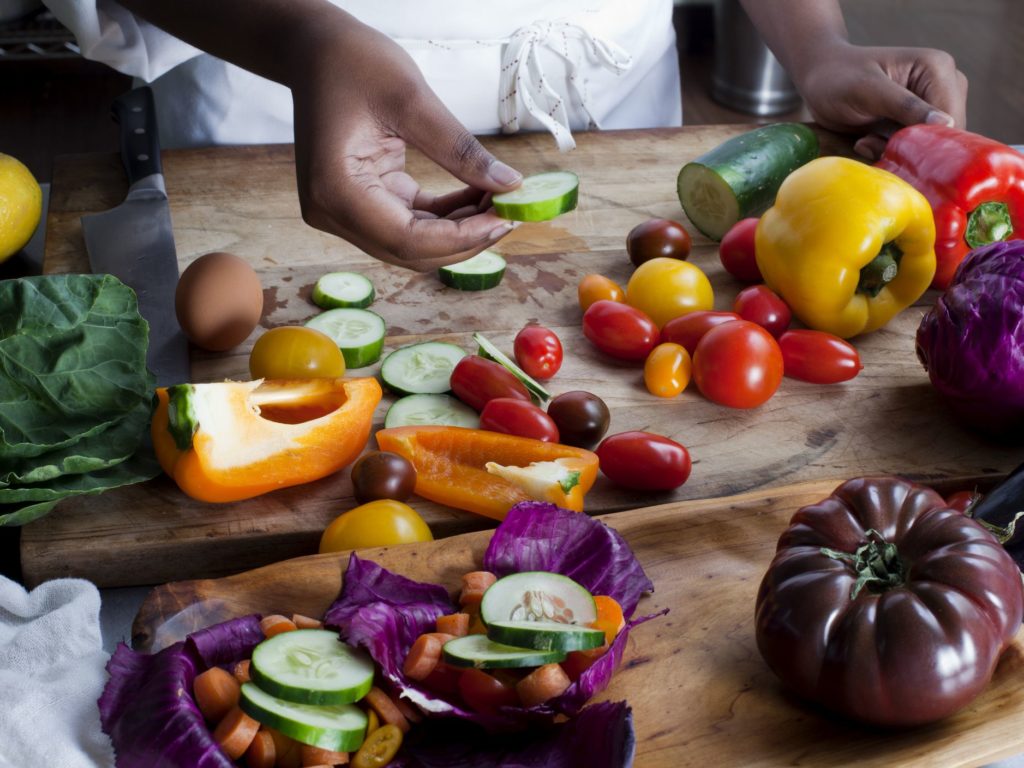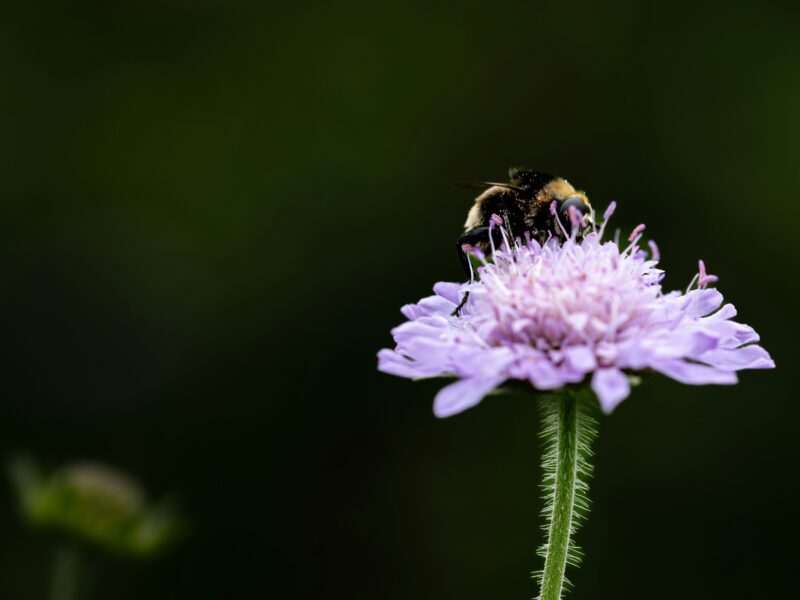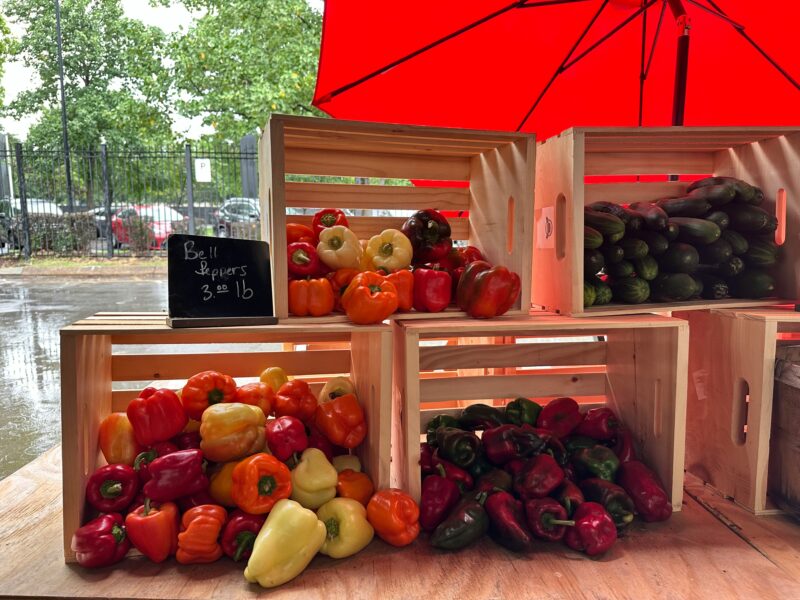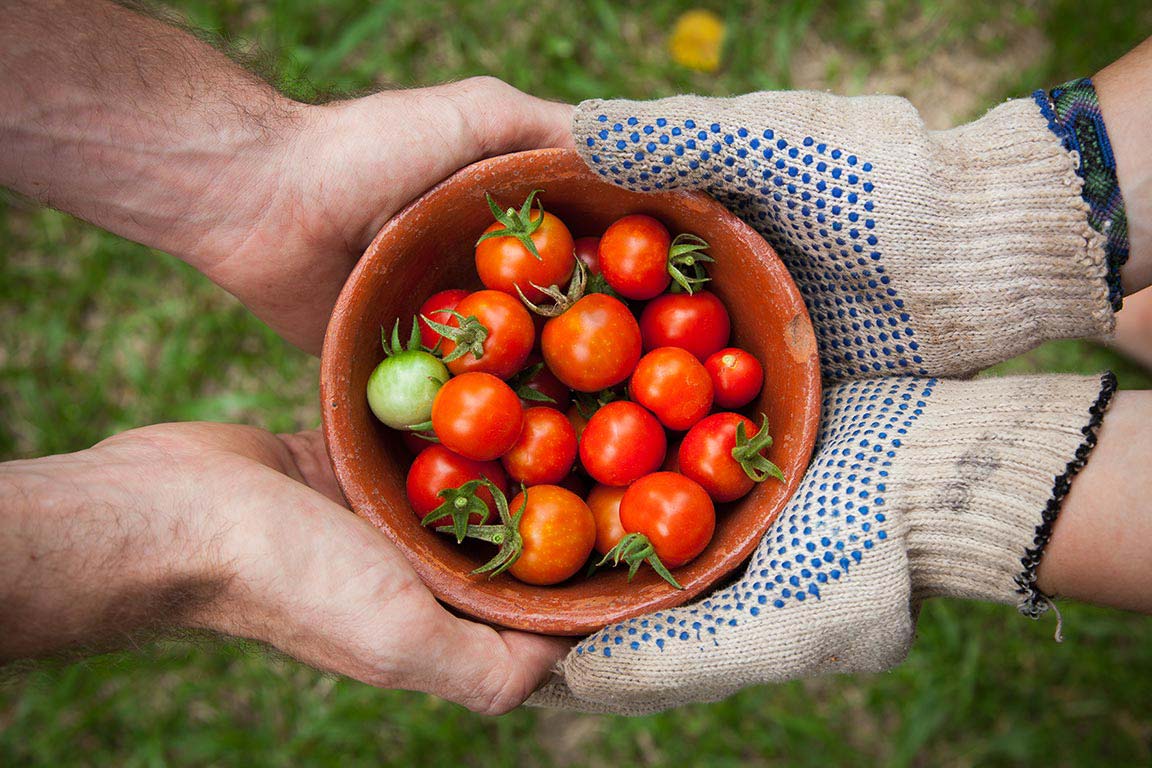Tons of the pesticide, chlorpyrifos, are still being sprayed across millions of acres of United States farmland every year, nearly five years after the Environmental Protection Agency determined that it should be banned. The pesticide treadmill is expensive. In a 2015 poll, 90 percent of Iowa farmers reported feeling that “pest management is a never-ending technology treadmill.” Each round of newly pesticide-resistant “superweeds” and “superbugs” can keep farmers tethered to new, expensive seed/pesticide packages. Agribusiness is increasingly turning to natural and sustainable alternatives to chemicals as consumers rebuff genetically modified foods and concerns grow over Big Ag’s role in climate change. Large-scale, industrial agriculture is often held up as the solution for feeding the world’s growing population. But small farms—with about 25 acres or less—along with family-run operations produce over 70 percent of the world’s food. Innovation from organic regenerative farmers is also making the news. A Midwestern farmers’ network is trying to save our soils, one field at a time.
How Has This Pesticide Not Been Banned?
The pesticide known as chlorpyrifos is both clearly dangerous and in very wide use. It is known to pass easily from mother to fetus and has been linked to a wide range of serious medical problems, including impaired development, Parkinson’s disease and some forms of cancer. Tons of the pesticide are still being sprayed across millions of acres of United States farmland every year, nearly five years after the Environmental Protection Agency determined that it should be banned.
Why we need small farms
Large-scale, industrial agriculture is often held up as the solution for feeding the world’s growing population. But small farms—with about 25 acres or less—along with family-run operations like Masumoto’s produce over 70 percent of the world’s food.
Farmer Livelihoods at Risk
The pesticide treadmill is expensive. In a 2015 poll, 90 percent of Iowa farmers reported feeling that “pest management is a never-ending technology treadmill.” Each round of newly pesticide-resistant “superweeds” and “superbugs” can keep farmers tethered to new, expensive seed/pesticide packages.
‘Post-chemical world’ takes shape as agribusiness goes green
Agribusiness is increasingly turning to natural and sustainable alternatives to chemicals as consumers rebuff genetically modified foods and concerns grow over Big Ag’s role in climate change.
A Big Idea
A Midwestern farmers’ network is trying to save our soils, one field at a time.









